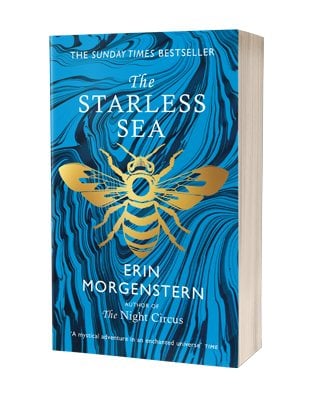


Morgenstern, to her credit, spends a great deal of time crafting a visual world, with the result being that many objects are overwrought. Dialogue is followed by qualifiers like “if buttressed is a word.” This kind of indecisiveness is sloppy and distracting, especially since an omniscient narrator tells the story. Unfortunately, this novel also suffers from problems at the semantic and syntactic levels. It’s also made of honey, presumably to tie in with the bee, sword, and key imagery strewn throughout the book, but, again, why these symbols are vital and how they tie into the much-needed backstory is never provided to the reader. A secret sea exists under the earth in the world Zachary finds himself, but why it’s there is unclear. The above is truly the most accurate plot summary possible, because to say anything more would be mere conjecture.

He soon ends up at a costume party, the events at which initiate him into a world of aesthetic intrigue and opulent beauty. He discovers an odd book that uses part of his own life as the plot, leading him down a rabbit hole to figure out the book’s origins. It’s doubly disappointing to encounter these glaring issues in her second novel, because they are the same problems that plagued her first release, “The Night Circus.”īecause the characters lack motivation and cosmic desires beyond “wanting to tell their story,” it’s difficult to truly ascertain what happens in “The Starless Sea,” but the general premise is this: Zachary Ezra Rawlins studies Emerging Media at what feels like a fictional Ivy League school in Vermont. She sweetens the pot with endless descriptions of cups, libraries, rooms, and paintings to make up for the lack of her characters’ direction. Of course, if you like this kind of thing, Erin Morgenstern’s sophomore offering “The Starless Sea” will appeal to you. It’s only when you encounter a novel lacking in complex characters, plot, and motive that you realize how vital those things are.


 0 kommentar(er)
0 kommentar(er)
